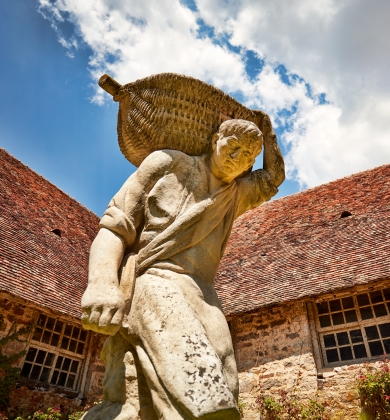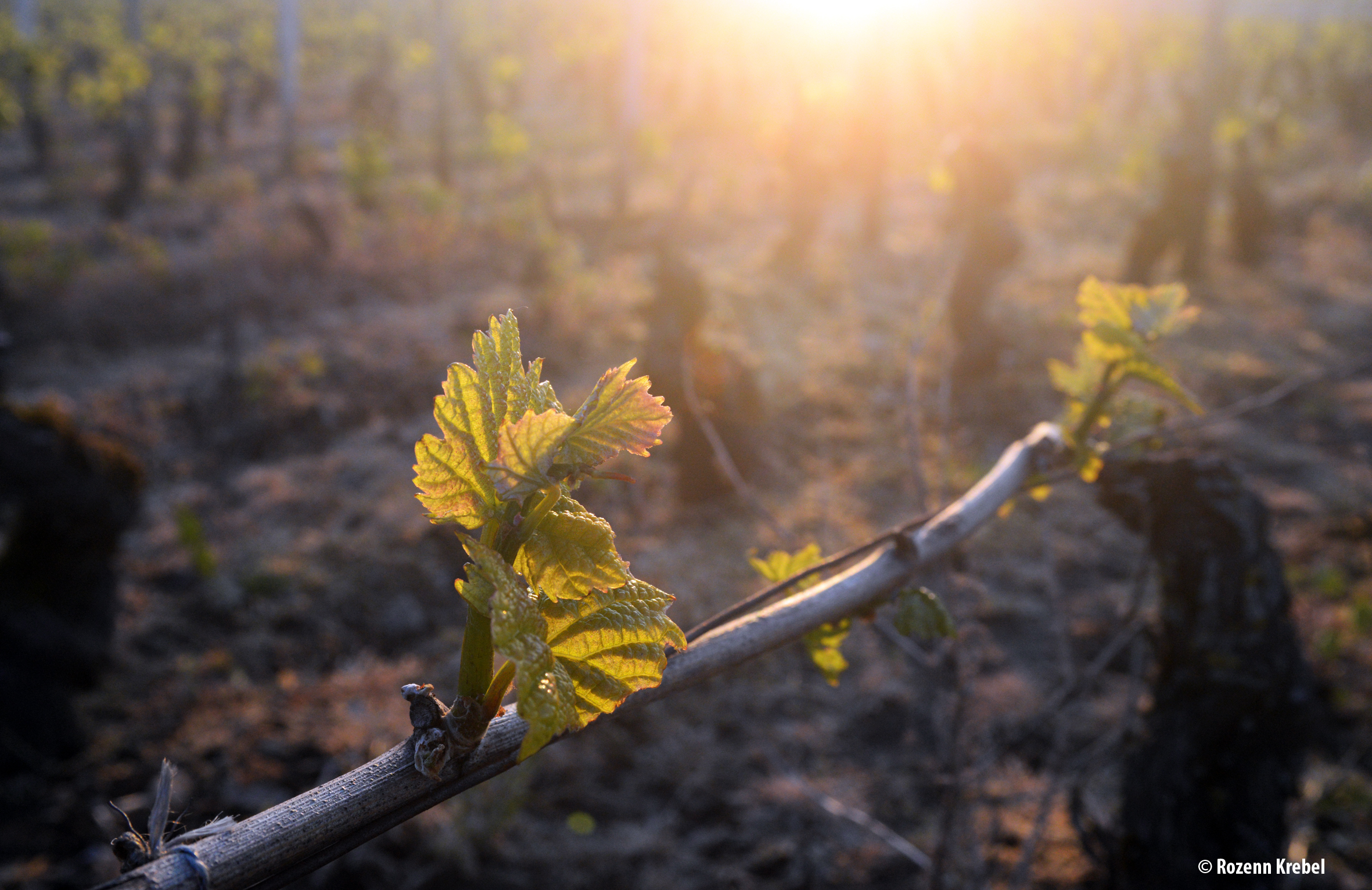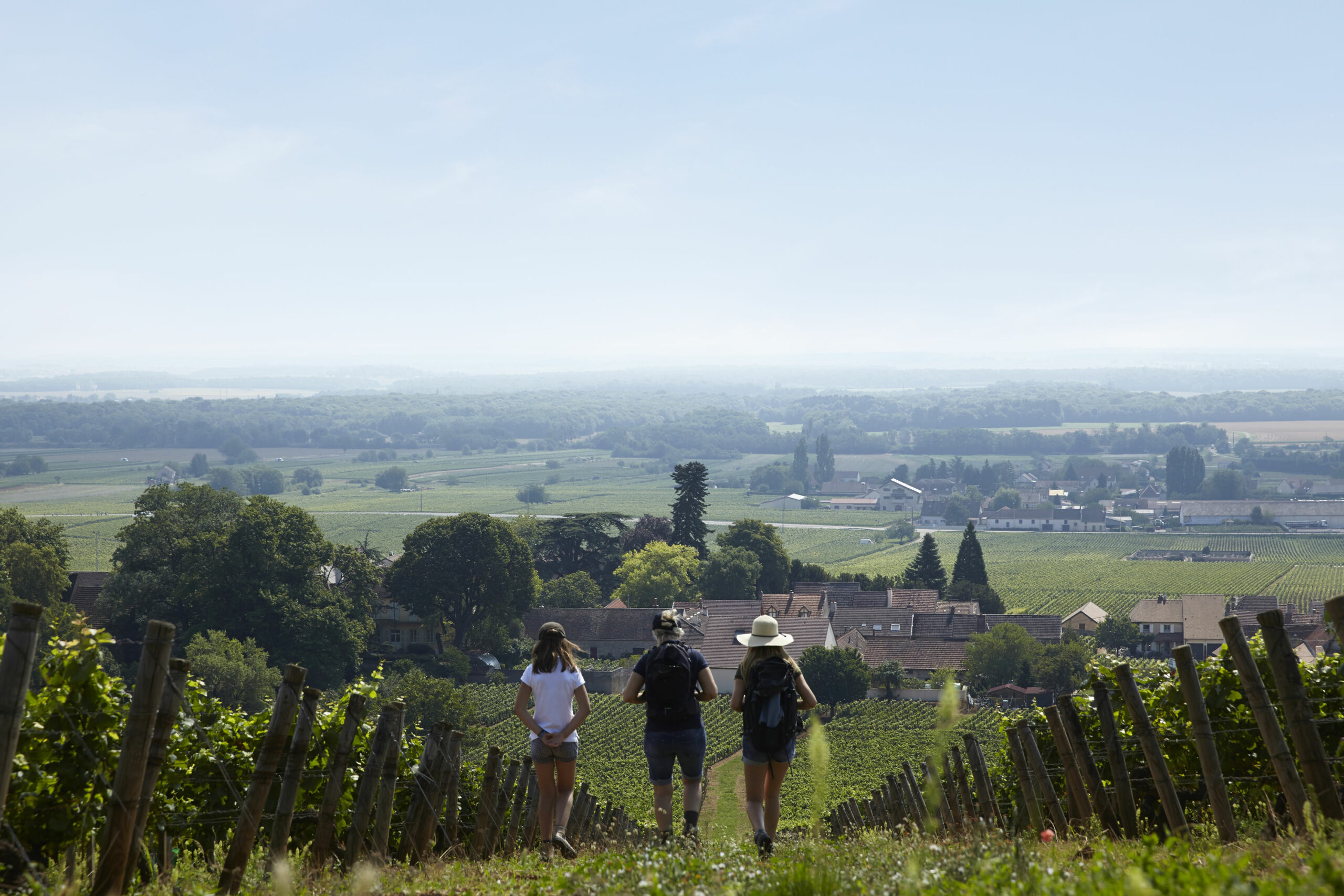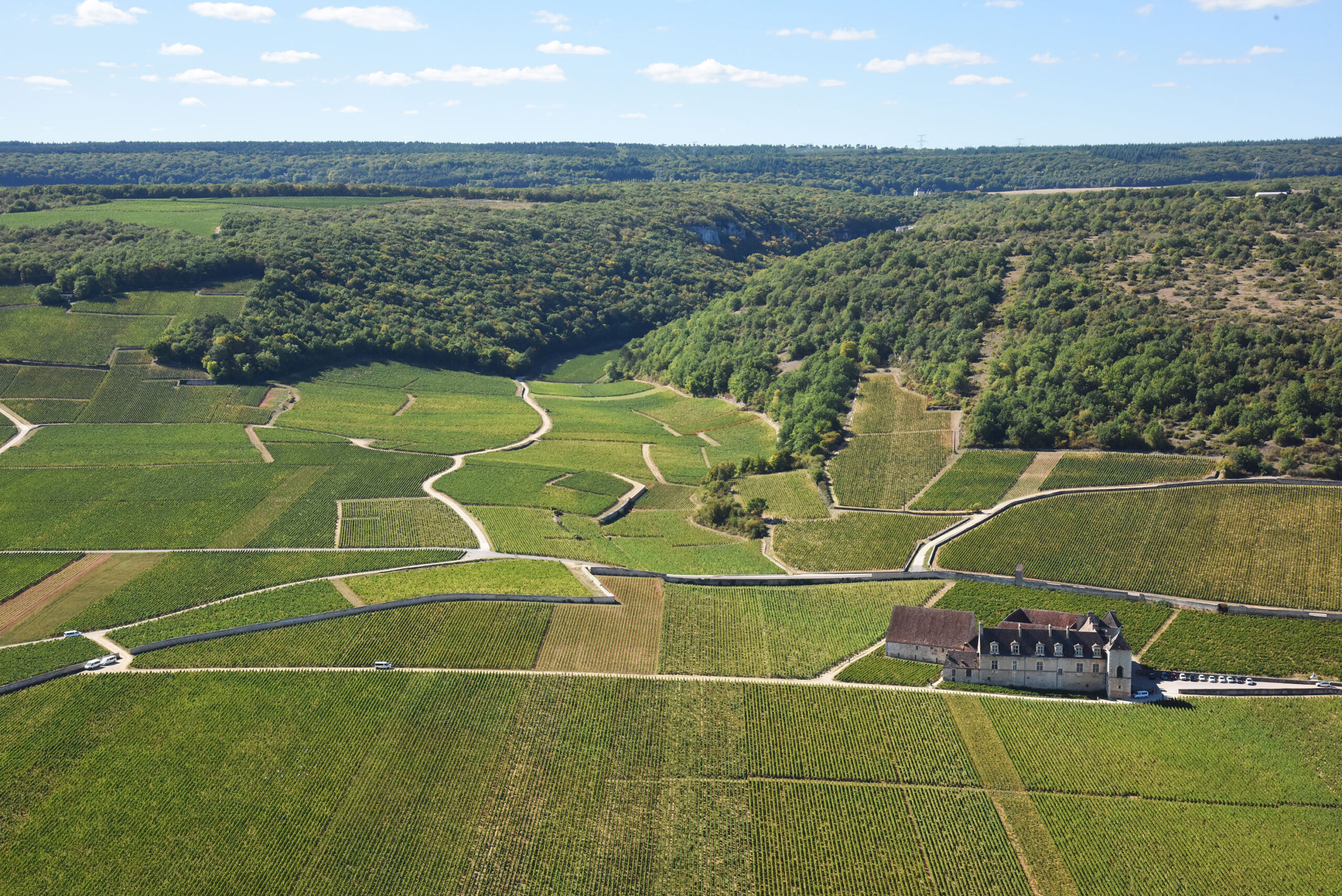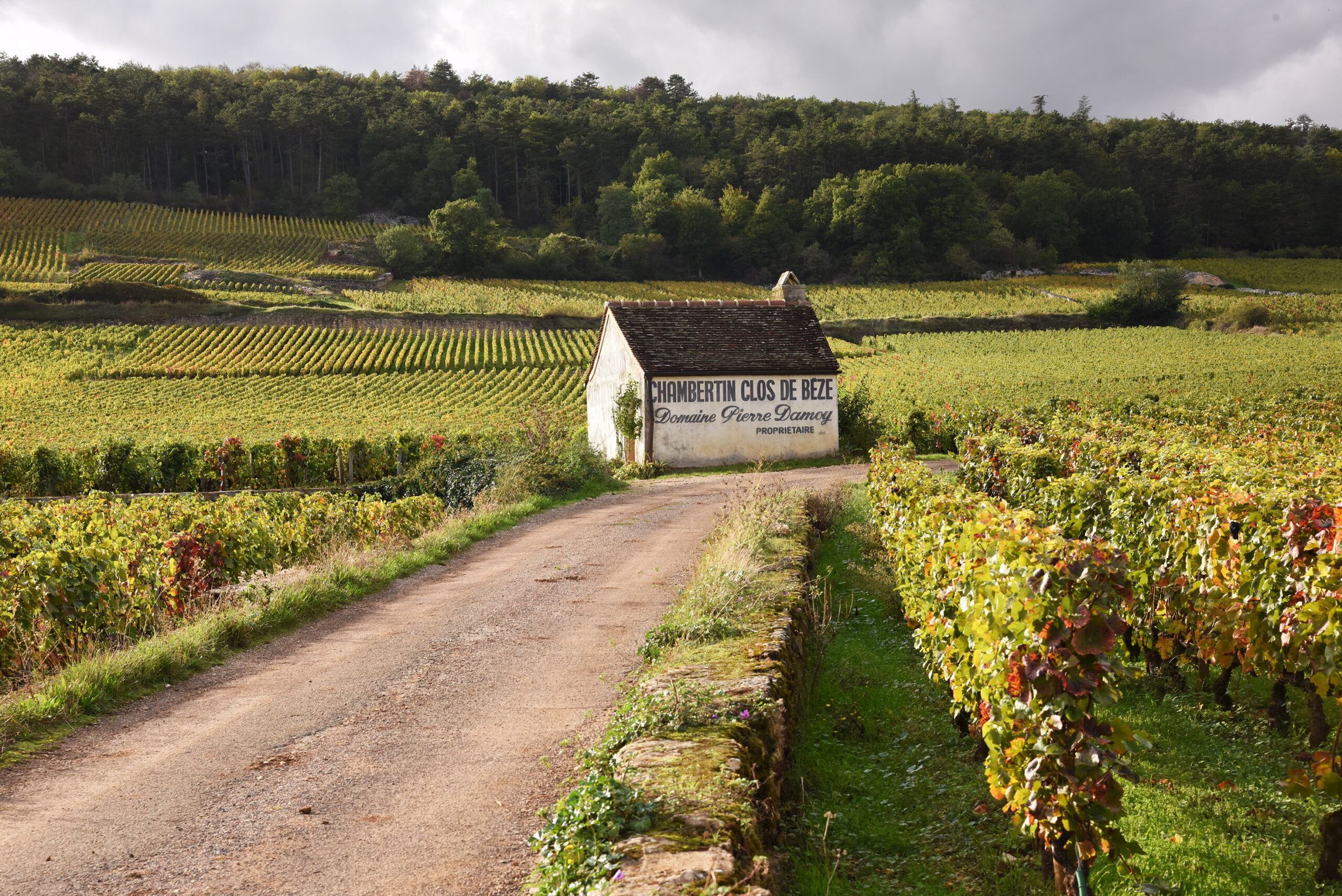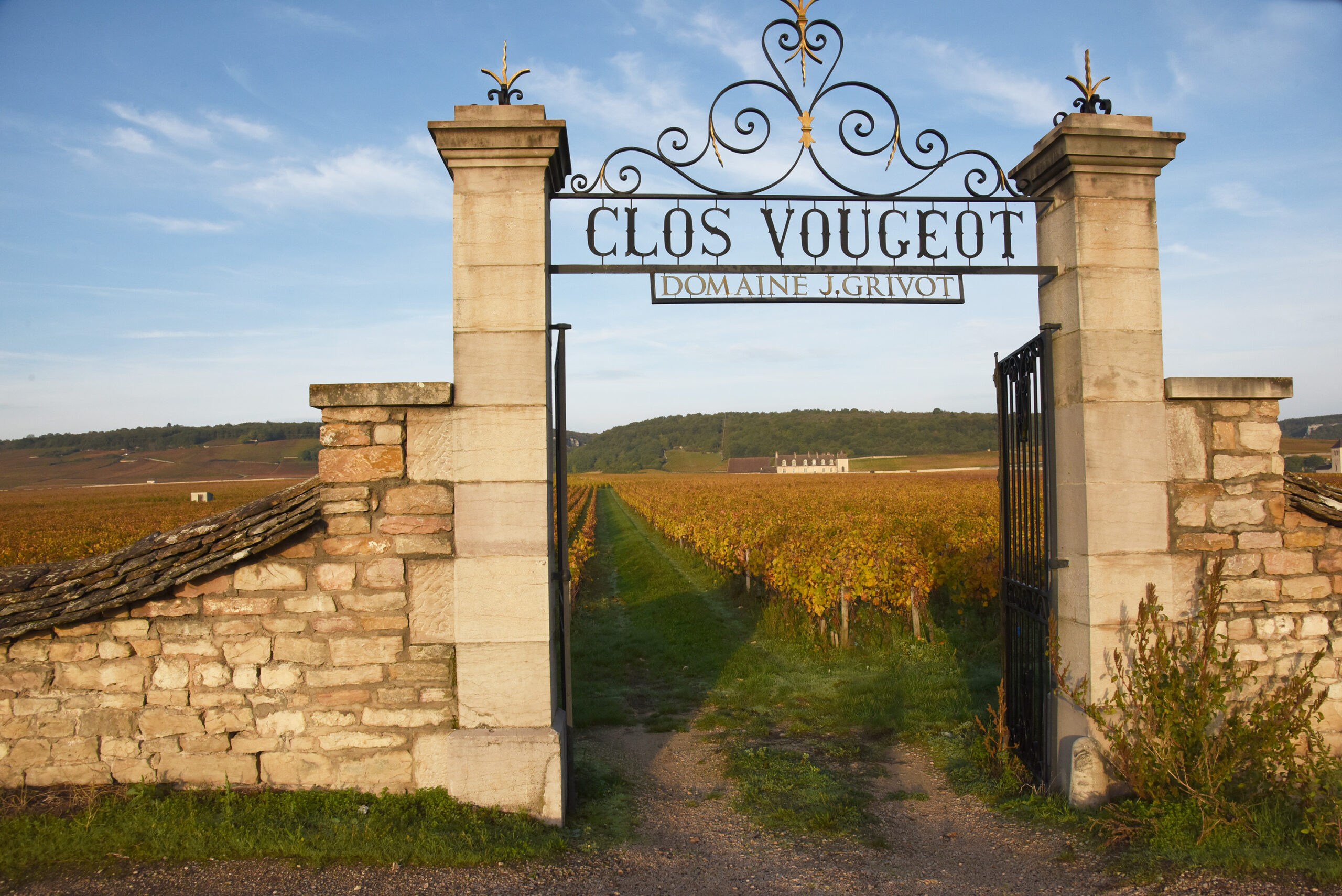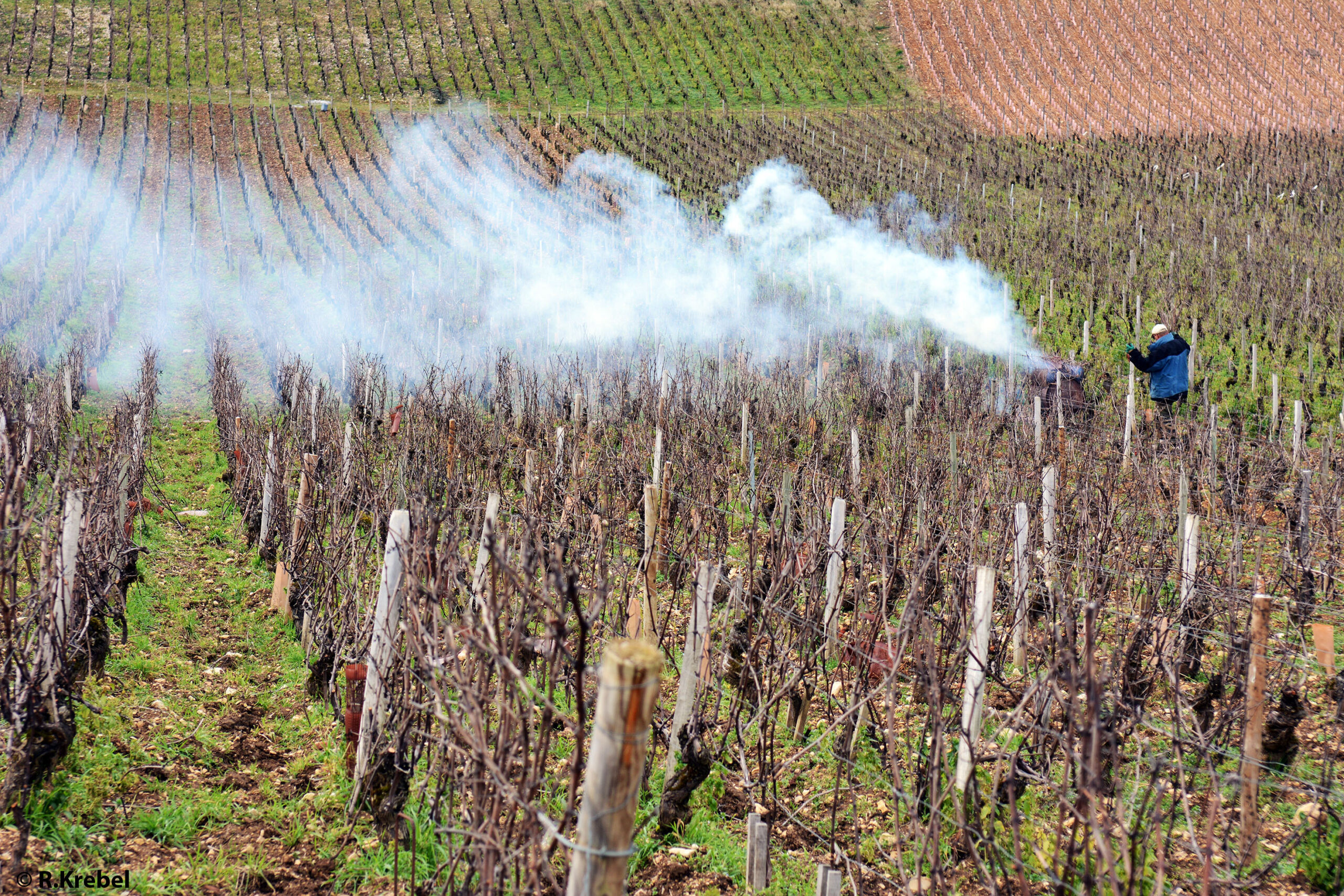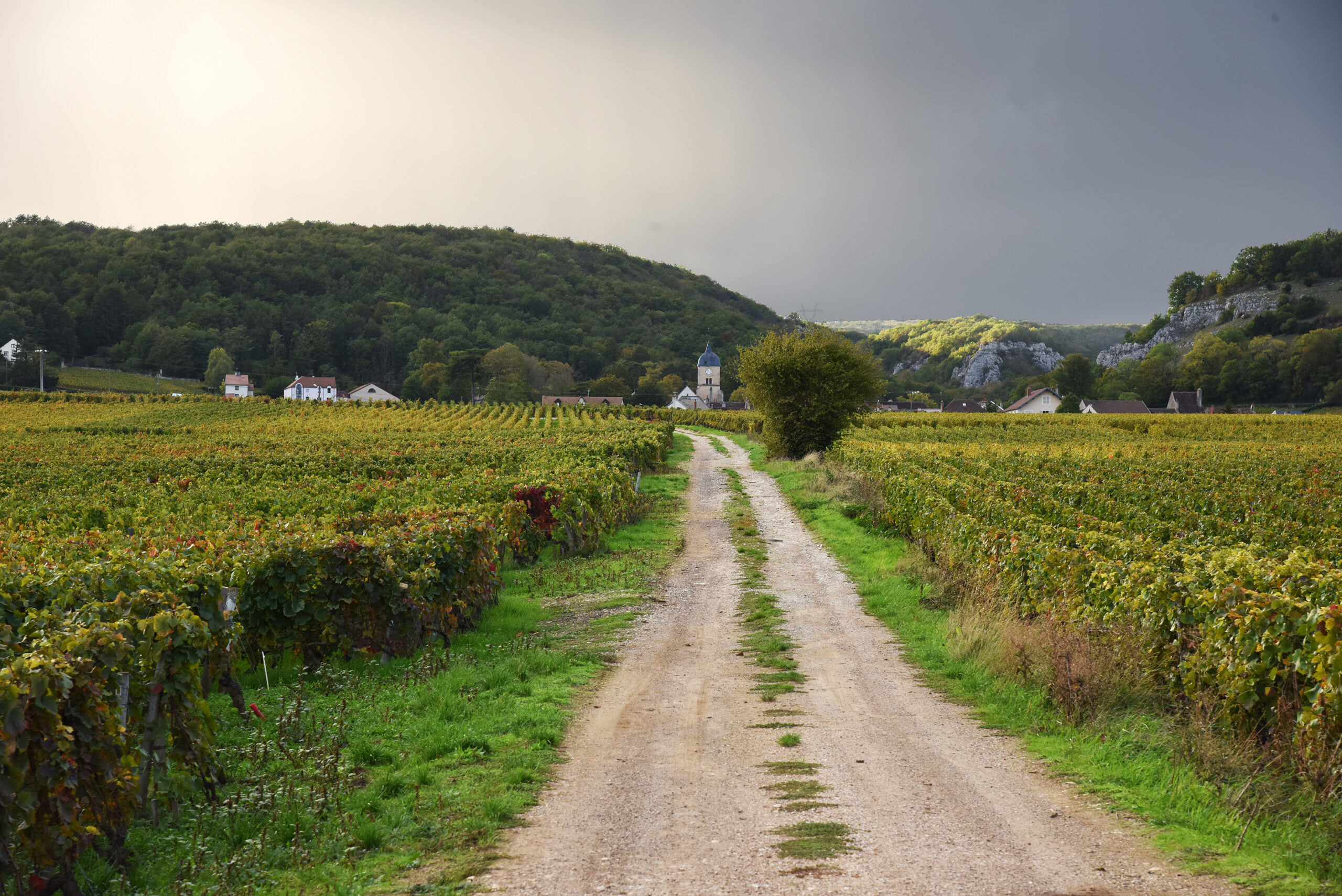From the Middle Ages to modern times Creation of the vineyards
Since the end of the Middle Ages, the spiritual authorities and the passing of time have worked together to refine the practices and reputation of Burgundy wines. In 1375, Philip the Bold outlawed the cultivation of the Gamay grape in favour of Pinot Noir, which was of a higher quality. In 1416, King Charles VI issued an edict that established the boundaries for the production of wine in Burgundy, from Sens to Mâcon. From the 18th century, the face of viticulture began to change with the founding of Burgundy’s first wine merchant, Maison Champy in Beaune. In 1847, King Louis Philippe granted the township of Gevrey the right to add the name of its famous cru, “Chambertin” to its name. Chambolle-Musigny, Morey-Saint-Denis and Vosne-Romanée all followed suit. In 1855, Dr Jules Lavalle established the Burgundy wine classification system in his book, Histoire et statistique de la vigne et des grands vins de la Côte-d’Or (a history and study of the vineyards in the Côte-d’Or). Four categories were created: Tête de cuvée, including Romanée-Conti, Clos Vougeot, Chambertin and Chambertin Clos de Bèze…Première cuvée, Deuxième cuvée, Troisième cuvée.

